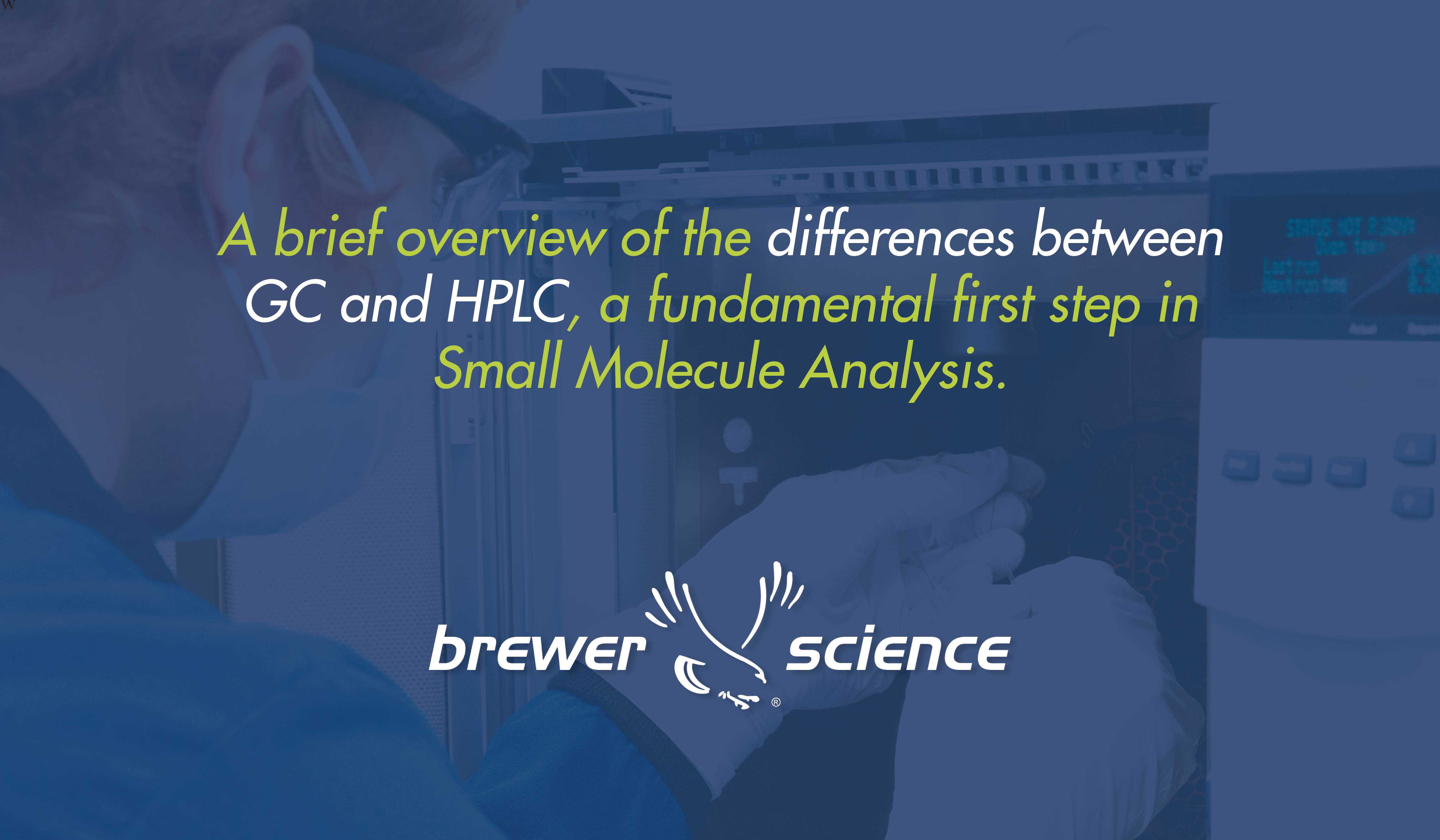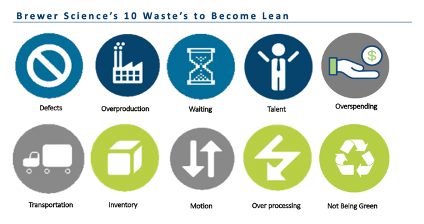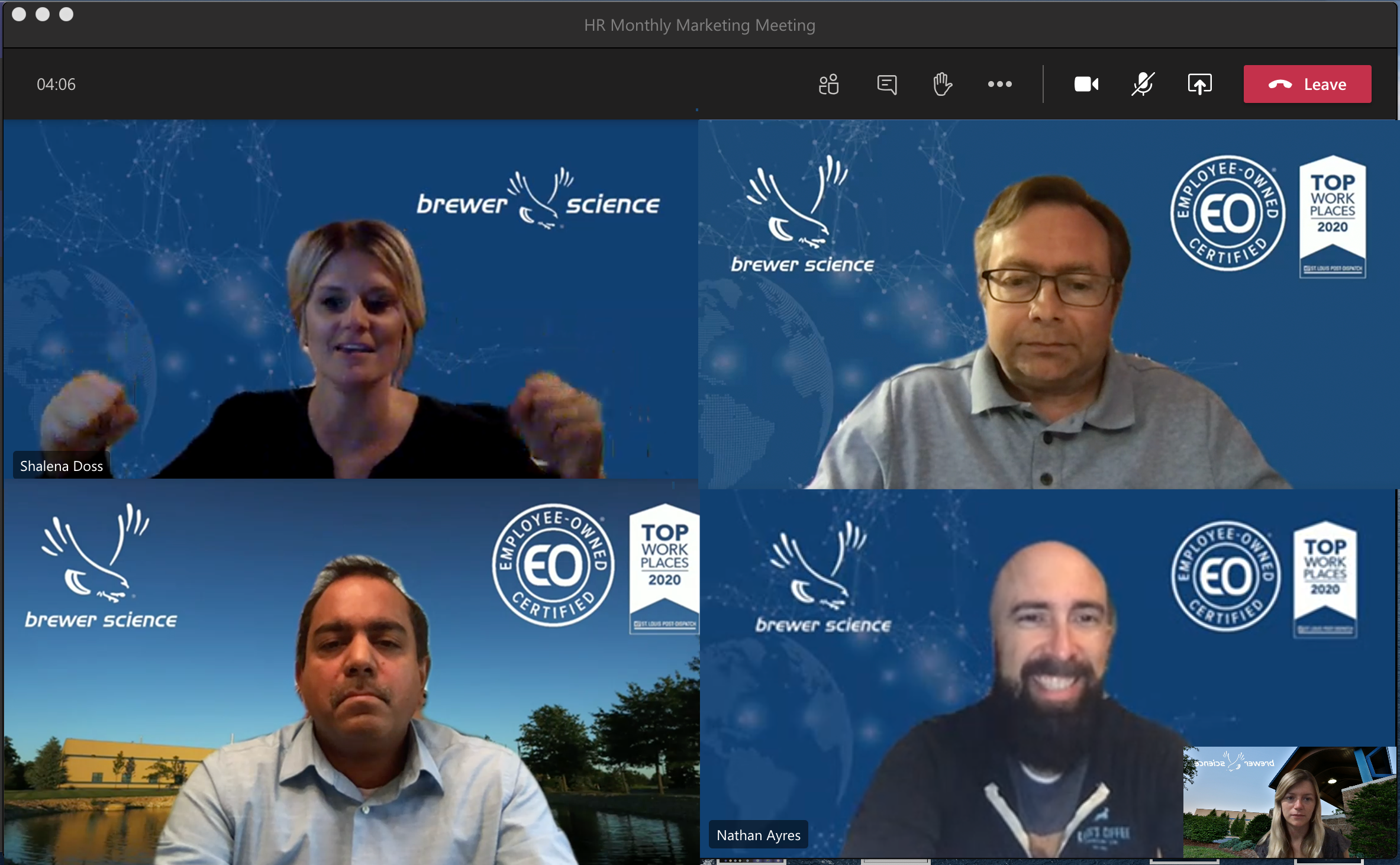Plastic defined means “pliable and easily shaped.” According to the Science History Institute, plastic only recently became a name for a category of materials called polymers. Over time, humans have learned how to make synthetic polymers that are strong, lightweight and flexible.
Polymers, or plastics, are vital to society because they expand human manufacturing beyond the limits of nature.
Plastics have made possible the continued development of everyday items such as computers, cell phones and transportation, among thousands of other items including buildings and roadways. Replacing natural materials with plastic has made many of our possessions cheaper, lighter, safer, and stronger. Without plastics, many possessions that we take for granted might be out of reach for all but the richest because they would have to be made out of wood, metal or glass. Today, over 335 million tons of plastics are used annually worldwide.
 Polymers of the Future
Polymers of the Future
Brewer Science industry expert Tony Flaim spoke about a key disruption in advanced materials involving thermoplastic polymers – “a type of plastic made from polymer resins that become a homogenized liquid when heated and then harden when cooled,” according to wiseGEEK. Thermoplastics are extremely common materials for plastic toys, eyeglasses and even bulletproof vests.
As the world continues to advance, so does technology. Innovators are continually finding new uses for polymers and developing more advanced materials including smart and reactive polymers, plastic electronics, self-healing polymers and bioplastics.
To stay up to date on industry hot topics, subscribe to the Brewer Science blog.





Subscribe to Our Blog